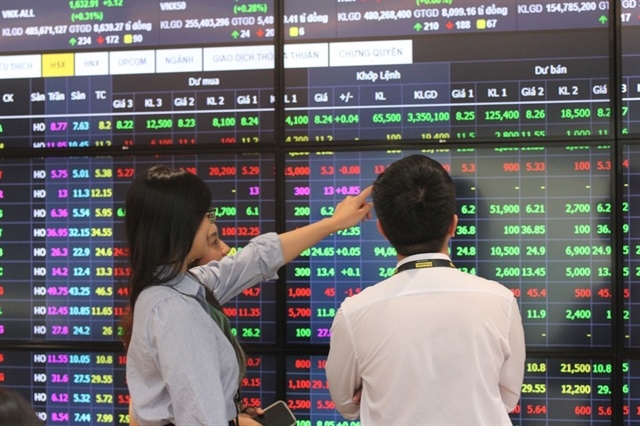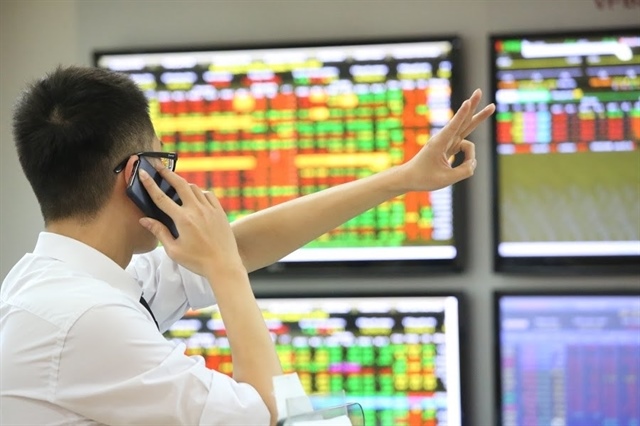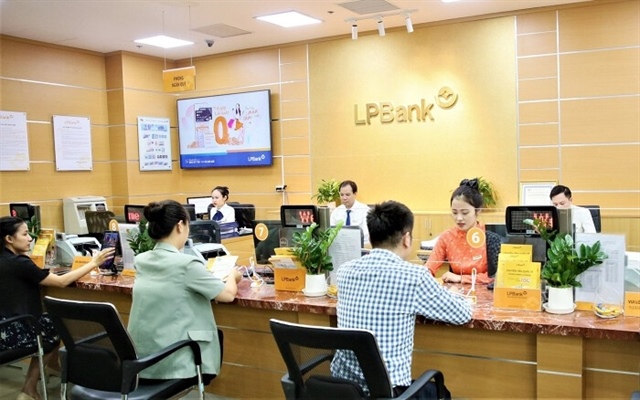Vietnam ETF ‘VNM’ soars in 2013
Vietnam ETF ‘VNM’ soars in 2013
The Market Vectors Vietnam ETF (NYSEArca: VNM) has gained 26 percent so far this year, ranking among the best-performing ETFs year-to-date in what is a reflection of an economy that’s benefiting from a shift in China’s labor force.
VNM, a $446 million fund that’s the market’s only ETF to focus exclusively on Vietnam’s equities, has also been gathering investor dollars, attracting net inflows of $52 million since Jan. 1.
The upward momentum is directly linked to China, a country that has seen its low-end manufacturing jobs disappear to Vietnam. Until recently an agriculture-centered economy, Vietnam now boasts technology-sector exports as one of its main moneymakers.
Indeed, Vietnam’s exports have been transformed in recent years, with technology now representing 18 percent of the country’s total exports—that’s up from 4 percent just a decade ago, according to data provided by Van Eck. That growth now has technology exports outpacing that of textile goods, agriculture, crude oil and shoes—the other main components of the country’s output.
The longer-term implication is that Vietnam’s growing manufacturing segment will eventually translate into a boom in the population’s purchasing power, as workers will start to have extra money in their pockets to consume goods and services in a way they have never before, Van Eck’s Rafael Cordero told IndexUniverse.
“Vietnam has been transitioning from being an ag-based economy to a manufacturing one,” Cordero said. “While that makes them more susceptible to a global recession—as tech products are discretionary goods, while food is a staple—it also helps increase local wages and disposable income, boosting domestic consumption overtime.”
Bumpy road
It hasn’t been a smooth ride, even if Vietnam’s GDP has remained relatively steady between 5 and 8 percent in the past five years.
After peaking just north of 8 percent GDP in 2007, the country embarked on a path of pursuing GDP growth at all costs, to the detriment of the broader economy, Cordero said.
What followed was rampant inflation that hit somewhere around 18 percent by 2011, a steep deflation of the local currency and a highly stressed banking system.
That’s when the government stepped in, and through policies that aimed at “getting bad loans off the books” and raising interest rates, the currency was stabilized and inflation was tamed—now hovering around the 8 percent mark, he said.
“Even though they fly a communist flag, they understand they need capital markets to grow,” Cordero added. “Those measures allowed for better confidence in the country, and foreign direct investments came back in.”
“The country now understands that sound monetary and fiscal policy is key,” he noted. “GDP growth at the expense of everything else will lead to problems, but Vietnam seems to have learned that lesson.”
.indexuniverse




























